#water fowl
Text
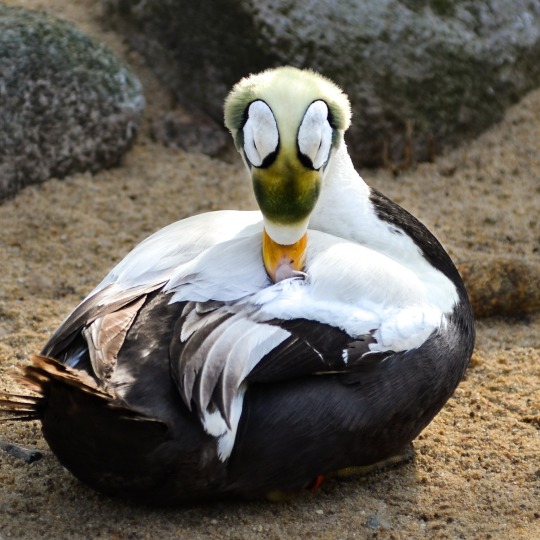
Have you ever seen the Spectacled Eider (Somateria fischeri)? During breeding season, males sport green plumage in a pattern that's reminiscent of glasses. While this doesn't make their vision sharper, it does help males stand out from the crowd.For the rest of the year, they revert to mottled-brown plumage, similar to females, which have more subdued spectacles year-round. This duck is unique in that it lives in the frigid high Arctic. It sustains itself on a diet of mostly mollusks and crustaceans, diving to pluck prey from the ocean floor.
Photo: Olaf Oliviero Riemer, CC BY-SA 3.0, Wikimedia Commons
#science#nature#natural history#animals#birds#ornithology#ducks#spectacled eider#water fowl#cool animals#did you know#fact of the day#arctic#glasses
1K notes
·
View notes
Text

Great Crested Grebe (Podiceps cristatus), adult carrying chick, family Podicipedidae, Podicipediformes, Australia
photograph by Ricky Goodyear
730 notes
·
View notes
Text



Fernhill Wetlands
-Cinnamon Teal
-Mallard
-Trumpeter Swan
#original photography#photographers on tumblr#bird photography#nature photopragpy#photography#Oregon#birds#water fowl#Trumpeter Swan#Mallard#Cinnamon Teal#fernhill welands#pacific northwest#rafefar
81 notes
·
View notes
Photo


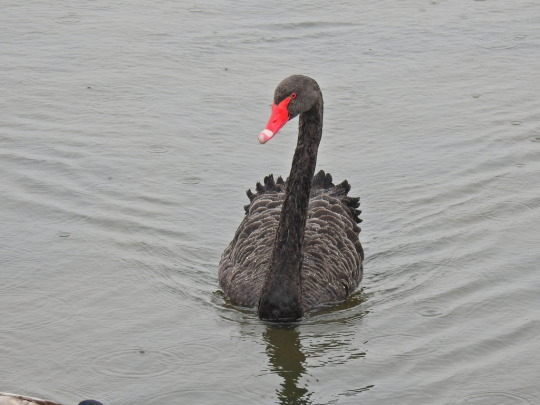
Surprising Black Swans
A popular ornamental waterbird in Europe and North America, the black swan (Cygnus atratus) is a species of swan endemic to Australia and New Zealand. In both their native and introduced ranges they can be found near bodies of fresh or salt water, especially lakes and wetlands with plenty of aquatic vegetation. The species is highly nomadic, and migrate based on yearly rainfall patterns.
Black swans are the second largest swan species, with a maximum weight of 9 kg (19.8 lbs) and a wingspan of 2 m (6.6 ft). Despite being smaller, black swans have the longest neck of any swan. Males, also known as cobs, are slight larger than females-- aka pens. As their name suggests, C. atratus has black plumage, although the flight feathers on their wings are white. The beak is a bright red with a white stripe, thought to be indication of an individuals health and sexual maturity.
Like all swans, the black swan mates for life. In addition to their high fidelity rates, C. atratus is also unique for its high rates of homosexual couples; about 25% of pairings are between individuals of the same sex (primarily males). These mates are known to steal eggs from other nests or form temporary ‘throuples’ with a member of the opposite sex, and some research has shown that homosexual couples are more than twice as likely to successfully raise their young as heterosexual couples.
The mating season for black swans occurs from February to September. While pairs are generally solitary, groups will nest in the same area to increase the chances of finding a mate and decrease the risk of predation. Pairs form when one an individual approaches another and initiates a ritual known as the Triumph Ceremony, in which the individual extends their wings and calls out. If the mate is receptive, they will repeat the gesture, and the pair will then go through a synchronous dance to solidify their pairing. This ceremony is repeated multiple times throughout each breeding season to strengthen the pair’s bond and affirm that between parent and chick.
Females lay 5 or 6 eggs in a clutch, and will alternate incubating them with her partner for 35 to 48 days. After hatching, the young- also known as cygnets- are fairly precocial but will stay in or near the nest for 2 to 3 weeks. It takes up to 6 months for them to completely lose their grey down and grow their adult plumage, though they remain with their family units for up to 9 months. Once they have fully fledged, juveniles join groups of other cygnets for 1-2 years, at which point they become sexually mature.
Black swans can present an intimidating threat to potential predators, so there are few animals that attack fully grown adults. However, eggs and young cygnets can be a target for ravens, birds of prey, and rodents. C. atratus themselves are herbivores and feed primarily on aquatic vegetation.
Conservation status: the IUCN has classified the black swan as Least Concern, and their native populations are stable.
If you like what I do, consider leaving a tip or buying me a ko-fi!
Photos
Damian Shaw
Richard Tommy Campion
Susan Marley via iNaturalist
#black swan#Anseriformes#Anatidae#swans#water fowl#fowl#water birds#birds#freshwater fauna#freshwater brids#lakes#lake birds#wetlands#wetland birds#urban fauna#urban birds#oceania#australia
315 notes
·
View notes
Text
cormorant

photo: David Castenson
#water fowl#cormorant#birds#abstract photography#photographers on tumblr#black and white photography
91 notes
·
View notes
Text
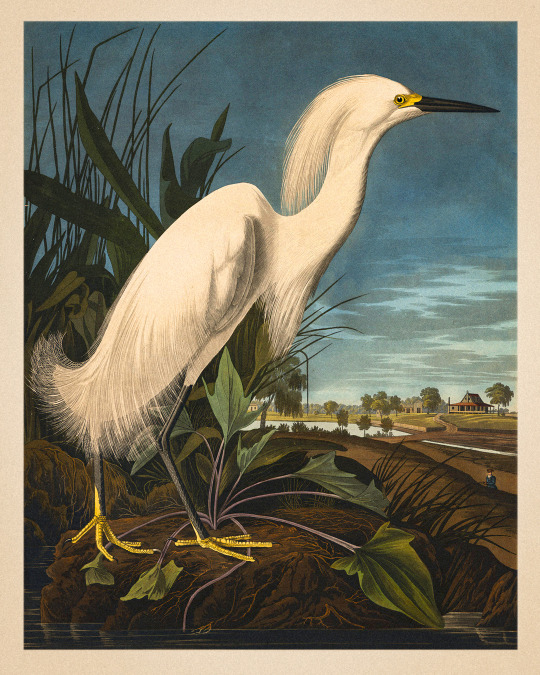
Snowy Heron or White Egret detail. John James Audubon - 1835.
#birds#birds of america#john james audubon#audubon prints#paintings#vintage prints#snowy heron#white egret#egrets#herons#water fowl#engravings#color prints#aquatints#ornithology#zoology#science#life sciences#biology#nature
45 notes
·
View notes
Text
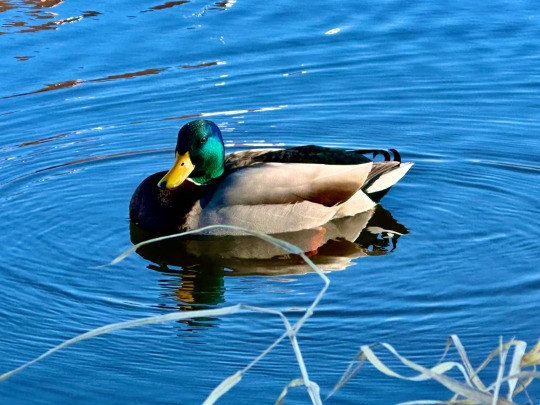
#nature#earth#photography#adventure#flowers#trees#beautiful#walking in nature#serenity#art#ducktales#duckies#water fowl#lake life#lakes#naturecore#natural aesthetic#mother nature#wildlife#wild animals#breath of the wild#spring#seasons#change#new perspective#perspective
21 notes
·
View notes
Text
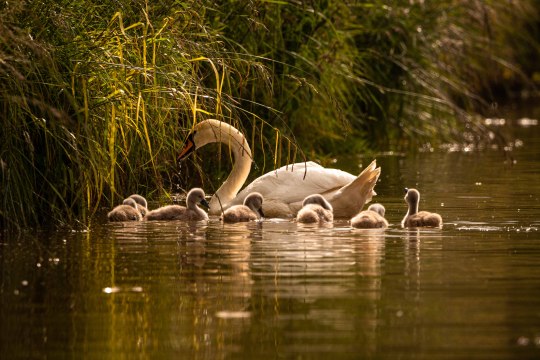
Mute Swan family on the canal
#canal#swan#mute swan#signets#juvenile#family#nature#wildlife#bird#birds#water fowl#water#tim dennis#canon#photography#lensblr#tim dennis.tumblr#70d#canon 70d#original photographers#pws
59 notes
·
View notes
Text
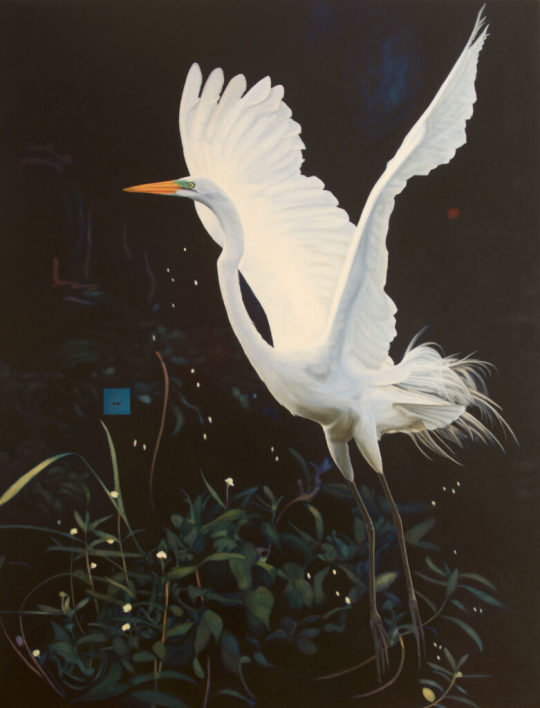
Louisiana Drift II ■ oil on wood ■ Diane Andrews Hall
#diane andrews hall#birds#bird art#water fowl#oil painting#oil on canvas#oil on wood#art#art inspo#painting#paintings#cranes#white crane#white egret#great egret#great white egret#favorite
17 notes
·
View notes
Text
Reason to Live #8709
Adorable little ducklings :). – Guest Submission
(Please don't add negative comments to these posts.)
#sad#help#hope#reason to live#depressed#depression#empty#alone#mental illness#anxiety#trauma#guest submission#mental health#adorable#duck#ducks#duckling#birds#animals#water fowl
111 notes
·
View notes
Text

Bufflehead (Bucephala albeola), drake/male, family Anatidae, order Anseriformes, eastern U.S.
photograph by Terence Geoghan
#bufflehead#duck#bucephala#anatidae#anseriformes#water fowl#bird#ornithology#animals#nature#north america
321 notes
·
View notes
Text

.

.
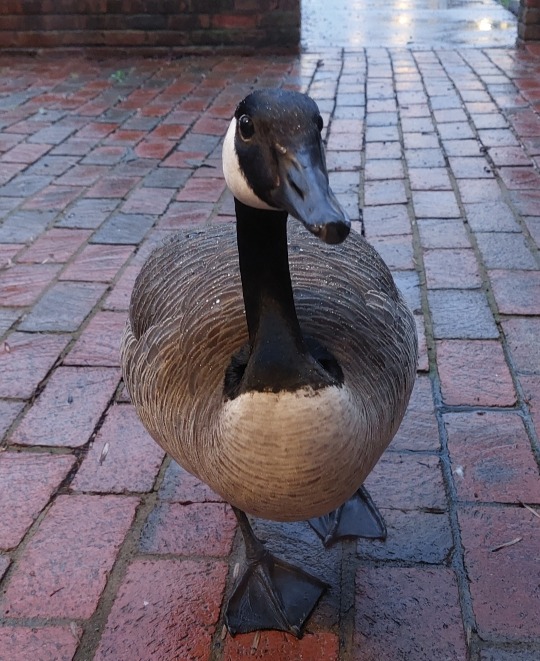
.
Big ol' eyes, what a cutie <3
#my photos#original photographers#photographers on tumblr#original photography on tumblr#goose#animal photography#bird photography#bird#water fowl#canadian geese
17 notes
·
View notes
Text
Uncharismatic Fact of the Day
AScaling Mount Everest is no problem for bar-headed geese! These birds are great fliers, and often take advantage of warm air currents to soar over the Himalayas while expending as little energy as possible.

(Image: A bar-headed goose (Anser indicus) by Gajoldoba Barrage via eBird)
If you like what I do, consider leaving a tip or buying me a kofi!
128 notes
·
View notes
Text
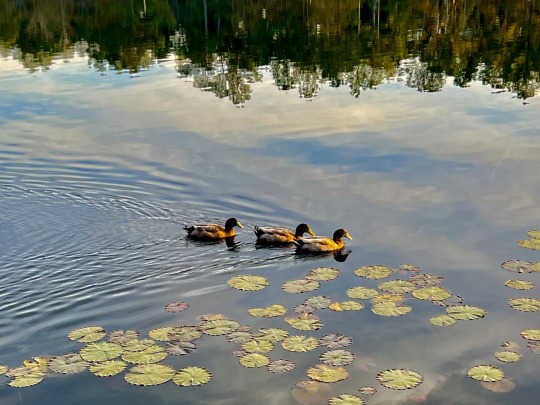
16 notes
·
View notes
Text

He looks happy 💙💚
#photo of the day#mallard#duck#duck tales#water fowl#nikon photography#nikon d5600#tamron#nature photography#wildlife photography#edgewater#nj isnt boring#fall 2023
13 notes
·
View notes
